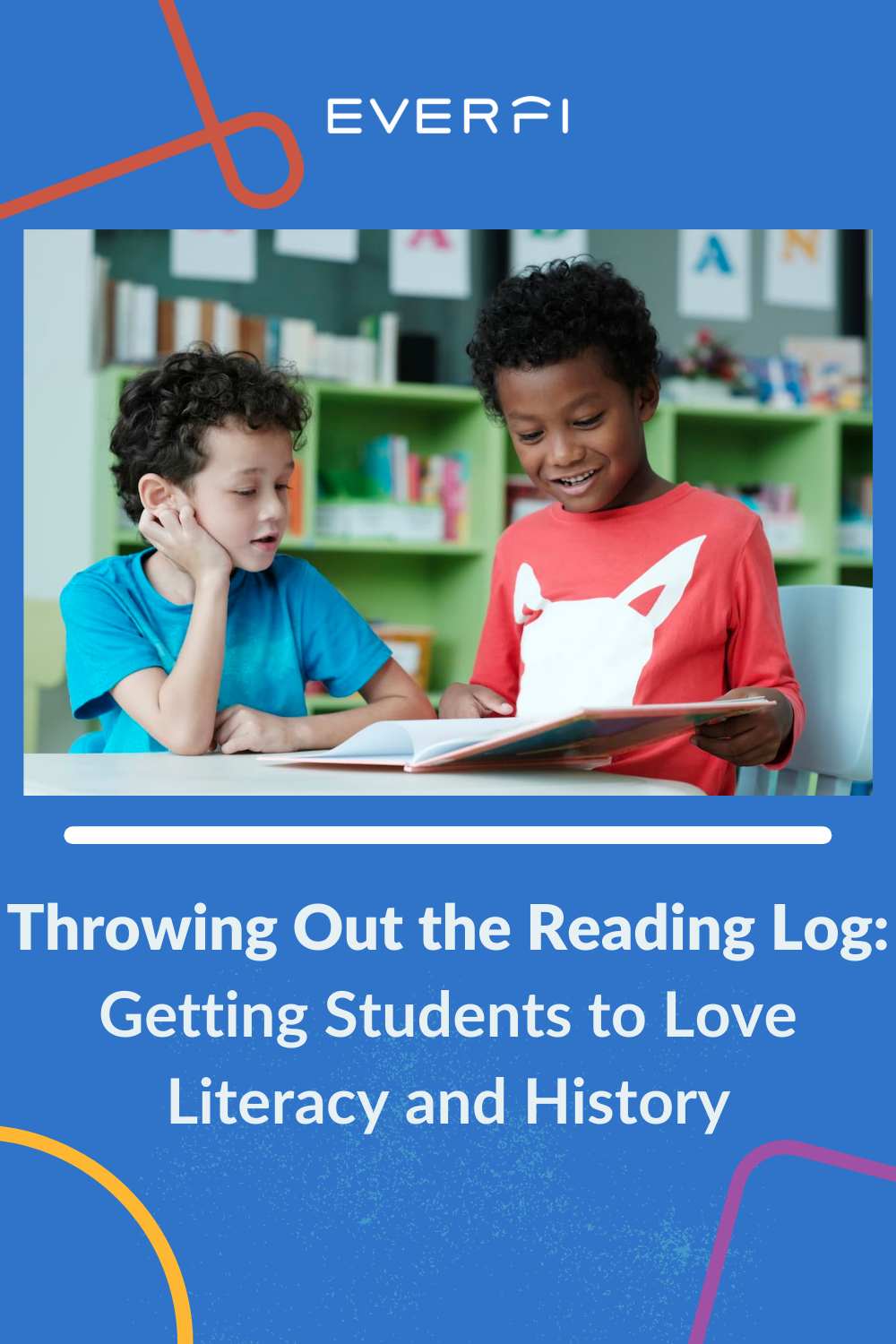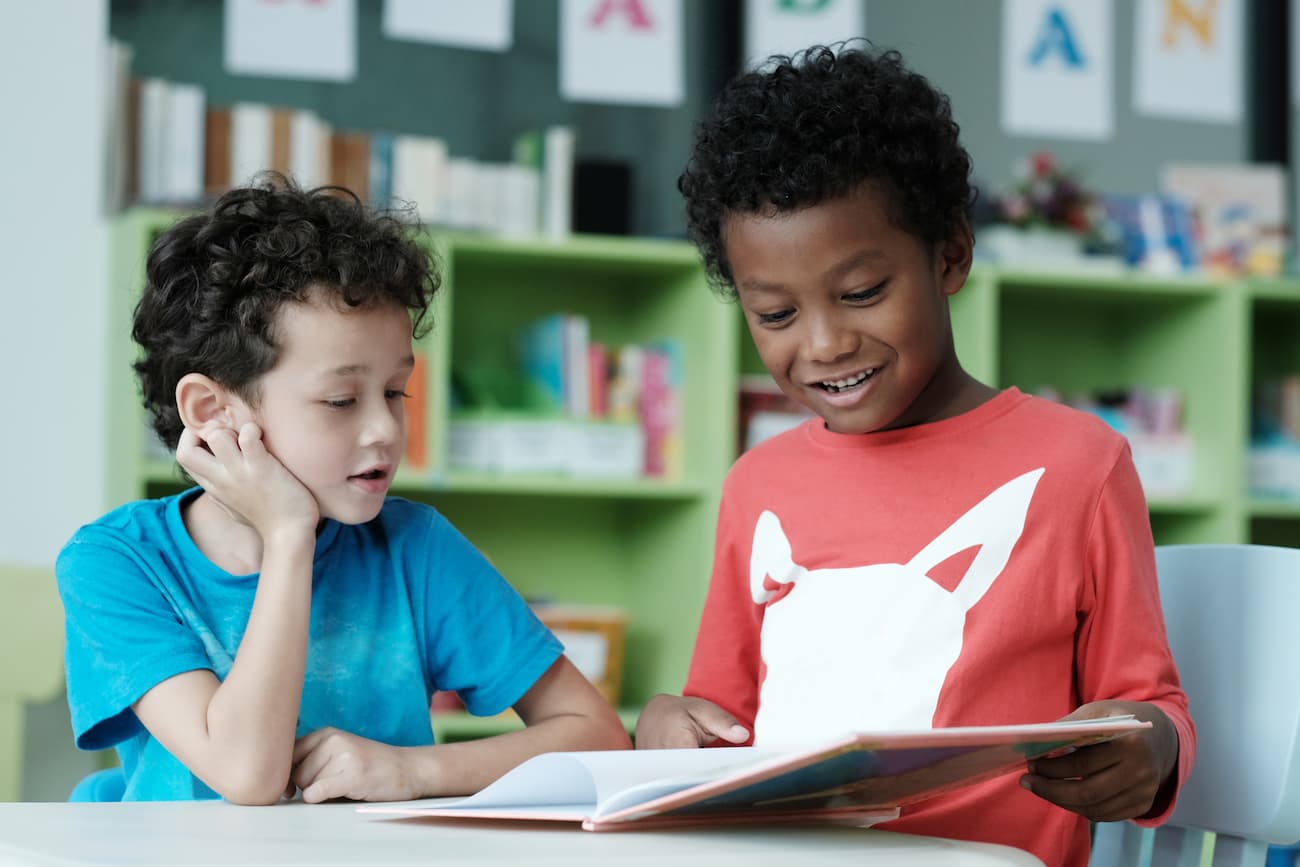I will admit, at one point in my teaching career I engaged my students in using reading logs. In my defense, I didn’t know any better being fresh out of college. Time after time, the same issues would arise from having my students complete these logs. They would either forget it, never have all the days of the weeks signed, or somehow it was lost in the abyss that was their locker.
Moving Past Reading Logs
My intentions for having my students complete reading log activities were always to get them to read more outside of class. I wanted them to be avid readers. Little did I know all I was doing was making them hate reading. It took me almost ten years into my teaching career to make a significant change to my reading instruction, including throwing out the dreaded reading log. Besides my own reading instruction, I watched my oldest son come to despise reading because of reading logs. When he was in second grade he was asked to read every night and record a 3-4 sentence summary of what he read. By this time, I had done my research and made changes in my instruction. I was not happy as a parent or as a teacher about what he was being asked to do. Even after having a conversation with his teacher and giving feedback that they requested, he was still asked to do this daunting reading activity. Eventually, I just told my son to stop doing the reading logs and have a conversation with me about what he read. In the end, I threw away the reading log because I knew what was best for my child. It is time for all English teachers to throw away reading logs.
Keep Students Engaged with Their Reading Material
I knew after attending the Summer Institute for the National Writing Project that my reading and writing instruction needed to improve to help students become proficient readers and writers. I started by reading Donalyn Miller’s The Book Whisperer. Blown away is an understatement when it comes to how I felt after reading her book. My approach to reading instruction in my classroom had to change drastically if I ever wanted my students to actually like reading and have them engage their brains.
First, I began with giving my students more choice when it came to their reading. Though there were novels I wanted my students to still read, I had to make sure they could choose something that they wanted to read. So, I started transforming my instruction by building a unit where students could choose what they wanted to read. I began by having my students “go on a date” with a book. I put several choices of books out around the room and invited students to bring in their own books. I decorated the room with table cloths, vases, etc. to give a restaurant feel for my students. It was explained to them that they weren’t actually going on a date, but they were going to try and find a book they liked. For this activity I had them:
- Read and look at the title
- Read the summary on the back
- Read at least 10-15 pages of the first chapter.
- Have a short discussion with the people at your table about your likes/dislikes<
- Rank your top 3 choices after “dating” at least five books.
This activity led my students to essentially try books they might potentially enjoy. After students ranked their choices and turned in the slip of paper, I had enough copies of books so that students were able to get either their first or second choice.
Alternative Reading Activities
Now that the students had a book they wanted to read it was time for me to make sure they were going to read at home. I did not have students read for a certain amount of time each night or have them get a parent/guardian signature. They were given a hard deadline and knew they had work to complete by that deadline. Again, I always gave my students choices on how they wanted to complete to show me that they had read and understood what was going on in the book.
First, one of the choices my students could create was a website using Weebly about the book they read. Here is a simple example my students did after they read California Blue by David Klass. The students could have added an image to the home page, but overall, they did a good job of summarizing the book and outlining some key details that showed they read the book.<
Next, I gave students a choice of creating a book trailer using the digital video tool Animoto. Unfortunately, I do not have a student example to show you due to the format changes. While using Animoto students can include:
- Music
- Text
- Images
- Video
Students can analyze these elements and decide how each of them could potentially capture the audience’s attention.
Another option that teachers could use with students is Flipgrid. Flipgrid is free and easy to set up a topic where students could record themselves and discuss the books they are reading. Teachers could have them do it after 3-5 chapters of reading or decide to have the students go more in depth and record just once when they finish reading. The possibilities are endless with Flipgrid and some of the other digital tools that are available to educators.
Final Thoughts on Reading Logs
The intention for reading log activities was never met to deter students from reading. However, students are not being real readers if they constantly have to record minutes or signatures every time they read. Think about it, do we do that as adults? Do we have our boss sign a reading log for the manual we might have had to read for the job we do? No! What is really awesome about the strategies I listed above is that they can be used in any subject area. Perhaps we engage students in history class by having them record a video of themselves summarizing a chapter. On the other hand, maybe they can put the vocabulary they learned on the Revolutionary War by creating videos where there is real world usage. The chance to be innovative can lead to some spectacular creativity by our students if we are just willing to step outside of our instructional boxes.


